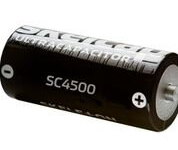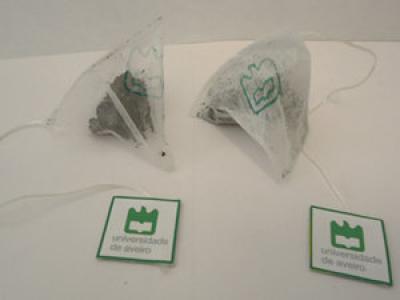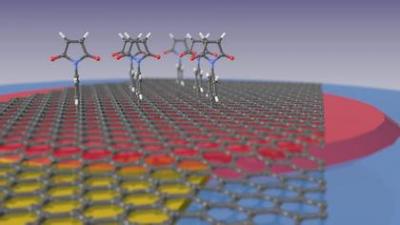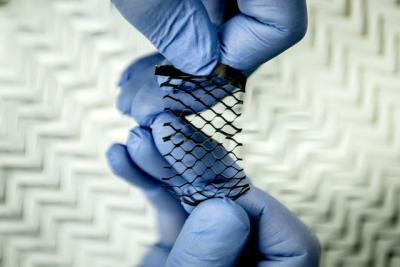Skeleton Technologies to launch impressive new range of graphene-based supercapacitors
Skeleton Technologies announced the launch of a new range of supercapacitors that are said to offer the highest level of energy density on the market. Through the use of patented graphene material, the new series boasts a capacitance of 4500 farads. The company claims that the closest competitor product has a capacitance of only 3400 farads.

Skeleton Technologies plans to use the SkelCap 4500 series to maximize opportunities in the heavy transportation and industrial markets where weight and space are at a premium. The new range has been designed for mass-market applications and the needs of systems engineers. The format has been developed to meet the industry standard of a 60 mm diameter cylindrical cell. Skeleton Technologies had previously offered prismatic cells, which are more compact in modular arrangements but more expensive to produce. Skeleton Technologies also claims to have achieved one of the lowest ESR (equivalent series resistance) levels on the market at 0.095 mΩ. This factor is crucial as it greatly increases the efficiency of the cells by reducing the amount of energy that is lost as heat.






